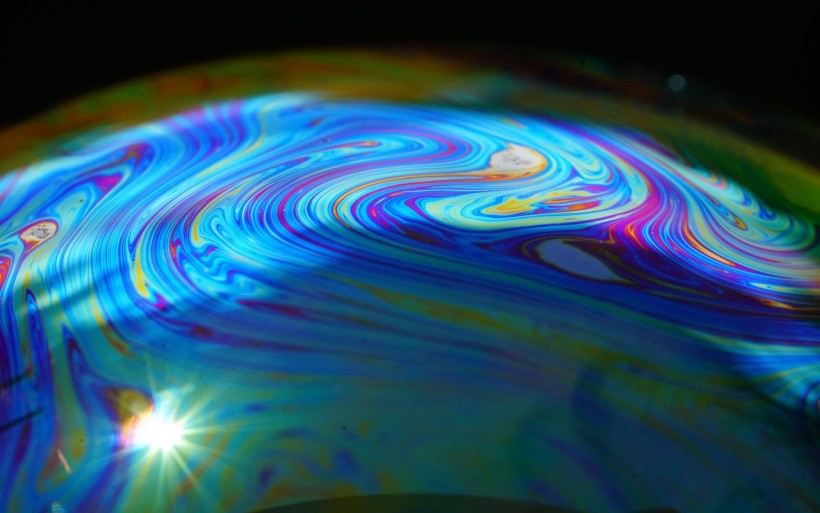A team of scientists at the Massachusetts Institute of Technology from different fields is exploring a radical new solution that will reduce the incoming radiation on Earth to combat climate change, which has been worsening due to human-caused greenhouse gases. The space-based solution they are exploring is developing space bubbles.
But as climate change grows more urgent, is it too late to reverse the damage done? The unprecedented rise in global average temperatures has never been seen in Earth's geologic record, and the team believes their method is possible.

Can 'Space Bubbles' Shield Earth From the Sun? MIT Scientists Explain How This Would Work
Proposed Approaches for Combatting Climate Change
Climate change actions usually fall into two categories: mitigation and adaptation. Mitigation efforts aim to lower or remove greenhouse gases from the atmosphere, while adaptation adjusts systems and societies to withstand the effect of climate change.
According to NASA, adapting to life in a changing climate involves adjusting to actual or expected future climate to reduce risks from the harmful effects of climate change. More so, it includes making the most of potential beneficial opportunities because of climate change.
Meanwhile, mitigation involves reducing the flow of greenhouse gases in the atmosphere by reducing the sources of these gases or enhancing the "sinks" where they store these gases. Its goal is to avoid significant human interference with the climate.
Some specific efforts proposed were the idea of a multilayer reflective film deployed at the Lagrangian Point (L1) between the Sun and Earth by James Early, which will decrease the incident sunlight by about 1.8%. Also, there is Roger Angel's idea of developing a swarm of small spacecraft to become shields. However, these proposals are all complex.
Other ideas also include creating dust clouds from asteroids. But this, too, has issues, especially with the amount of material needed, difficulty of in-space fabrication, and nonreversibility of such a project.
ALSO READ: Solar Geoengineering May Cause More Damage to the Climate Than Good
How Will Space Bubbles Work?
SciTech Daily reported that solar geoengineering had been theoretically proven to be a valuable solution for supplementing current efforts to reduce carbon dioxide emissions. It is a set of technologies that reflect a fraction of sunlight that comes to Earth.
Most research is focused on dissolving reflective chemical components in the troposphere or stratosphere that offsets incoming solar radiation. Now, scientists are looking into space-based geoengineering that provides an opportunity to solve the problem without causing a direct effect on stratospheric chemistry.
MIT researchers argue that using space bubbles to shield solar radiation by reflecting or absorbing a fraction of sunlight reaching Earth could help. They said that reducing the amount of sunlight reaching the planet by about 1.5% could significantly help eliminate the effects of climate change damage.
MIT Researchers Propose Space Bubbles to Stop Climate Change - https://t.co/P1hBcuI7TS by @PaulMattSutter pic.twitter.com/nMunKqWc5g
— Universe Today (@universetoday) August 15, 2022
The space bubble will be made from a homogeneous molten material, like silicon, that can vary in thickness to retract a broader wave spectrum. They can be manufactured in space to optimize the cost of shipping.
Also, these bubbles can be intentionally destroyed to make solar geoengineering solutions fully reversible and reduce space debris. For now, the space bubbles raft is just a working hypothesis and could be revised.
RELATED ARTICLE: Bill Gates Backs Geoengineering to Block Sunlight From Reaching the Earth's Surface
Check out more news and information on Climate Change on Science Times.














